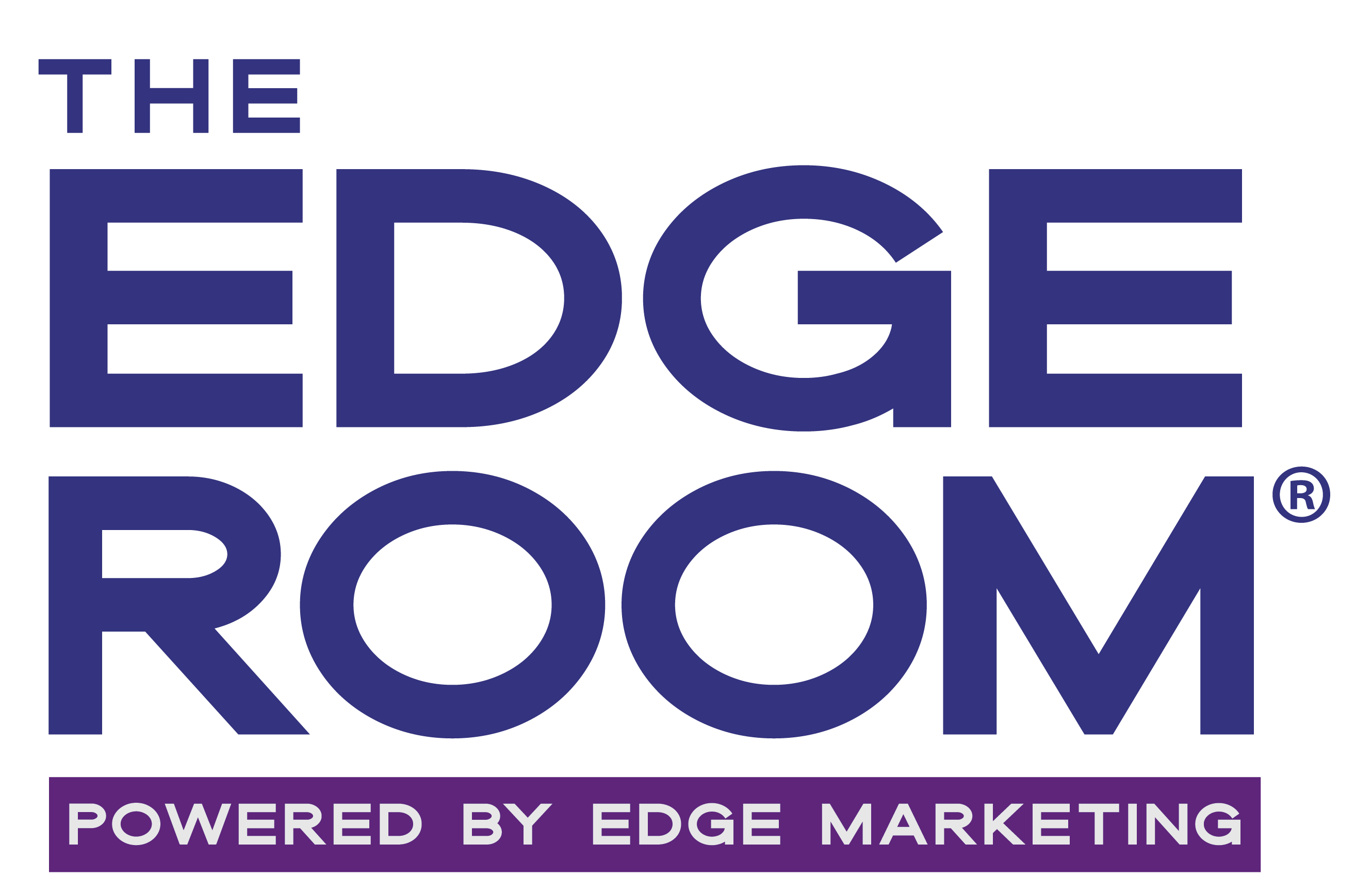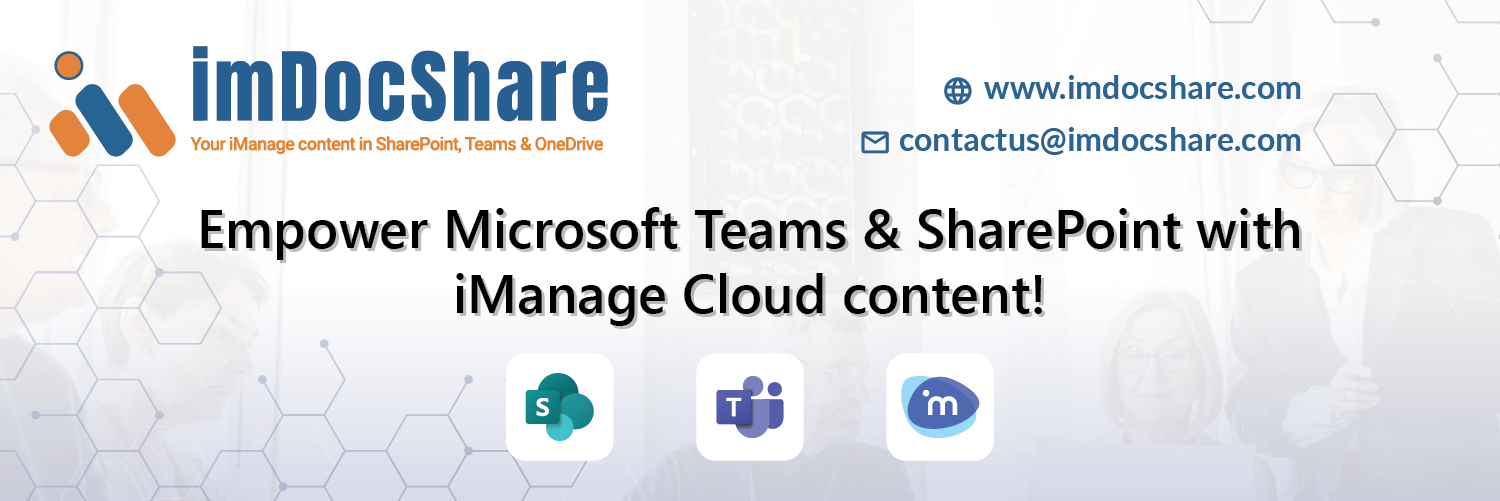https://www.theedgeroom.com/wp-content/uploads/2025/01/the-edge-room-logo-final.png
0
0
abowman@cobblestonesystems.com
https://www.theedgeroom.com/wp-content/uploads/2025/01/the-edge-room-logo-final.png
abowman@cobblestonesystems.com2025-03-11 08:38:092025-03-11 08:40:48Full Circle - The Benefits of Contract Lifecycle Management Software for Law Firms and Legal Departments with Kristin Riviello
https://www.theedgeroom.com/wp-content/uploads/2025/01/the-edge-room-logo-final.png
0
0
ragav@klstinc.com
https://www.theedgeroom.com/wp-content/uploads/2025/01/the-edge-room-logo-final.png
ragav@klstinc.com2024-02-02 07:59:372024-02-02 07:59:37Get a live demo of how the imDocShare One Teams app enables you to experience the real-time co-authoring of iManage content in Microsoft Teams.
https://www.theedgeroom.com/wp-content/uploads/2025/01/the-edge-room-logo-final.png
0
0
ragav@klstinc.com
https://www.theedgeroom.com/wp-content/uploads/2025/01/the-edge-room-logo-final.png
ragav@klstinc.com2024-01-26 08:37:292024-01-26 08:37:29KL Software Technologies - Legal 101 - An ideal intranet solution for an informed and productive legal firm!
https://www.theedgeroom.com/wp-content/uploads/2025/01/the-edge-room-logo-final.png
0
0
ragav@klstinc.com
https://www.theedgeroom.com/wp-content/uploads/2025/01/the-edge-room-logo-final.png
ragav@klstinc.com2024-01-25 08:10:062024-01-25 08:10:06imDocShare - Empower Microsoft Teams & SharePoint with iManage Work Server 10.2+ or iManage Cloud content.
https://www.theedgeroom.com/wp-content/uploads/2025/01/the-edge-room-logo-final.png
0
0
epasnik@dennemeyer.com
https://www.theedgeroom.com/wp-content/uploads/2025/01/the-edge-room-logo-final.png
epasnik@dennemeyer.com2023-03-17 10:26:362023-03-17 10:26:36Key to IP, a podcast powered by the Dennemeyer Group: Let's talk about Intellectual Property.
https://www.theedgeroom.com/wp-content/uploads/2025/01/the-edge-room-logo-final.png
0
0
alexa@virtuallatinos.com
https://www.theedgeroom.com/wp-content/uploads/2025/01/the-edge-room-logo-final.png
alexa@virtuallatinos.com2023-03-14 08:52:442023-03-14 08:52:44Perfect time to hire a Virtual Assistant (hint: now)
https://www.theedgeroom.com/wp-content/uploads/2025/01/the-edge-room-logo-final.png
0
0
dan.oday@goecfx.com
https://www.theedgeroom.com/wp-content/uploads/2025/01/the-edge-room-logo-final.png
dan.oday@goecfx.com2023-01-12 09:58:312023-01-12 09:58:31What The Saas Podcast: Automating The Legal Industry With Dan O'Day, Co Founder & CEO of ECFX
https://www.theedgeroom.com/wp-content/uploads/2025/01/the-edge-room-logo-final.png
0
0
dan.oday@goecfx.com
https://www.theedgeroom.com/wp-content/uploads/2025/01/the-edge-room-logo-final.png
dan.oday@goecfx.com2023-01-12 09:56:332023-01-12 09:56:33Reinventing Professionals Podcast - Ari Kaplan, Dan O'Day, & Ted Kukorowski
https://www.theedgeroom.com/wp-content/uploads/2025/01/the-edge-room-logo-final.png
0
0
kelly.k@smartenspaces.com
https://www.theedgeroom.com/wp-content/uploads/2025/01/the-edge-room-logo-final.png
kelly.k@smartenspaces.com2021-01-27 18:59:522021-01-27 18:59:52PodChats for FutureCIO: Reimagining the workplace in the post-COVID-19 era
https://www.theedgeroom.com/wp-content/uploads/2025/01/the-edge-room-logo-final.png
0
0
melanie.brenneman@onit.com
https://www.theedgeroom.com/wp-content/uploads/2025/01/the-edge-room-logo-final.png
melanie.brenneman@onit.com2021-01-27 18:57:382021-01-27 18:57:38Artificial Intelligence ABCs: What Is It and What Does it Do for Legal Operations?


